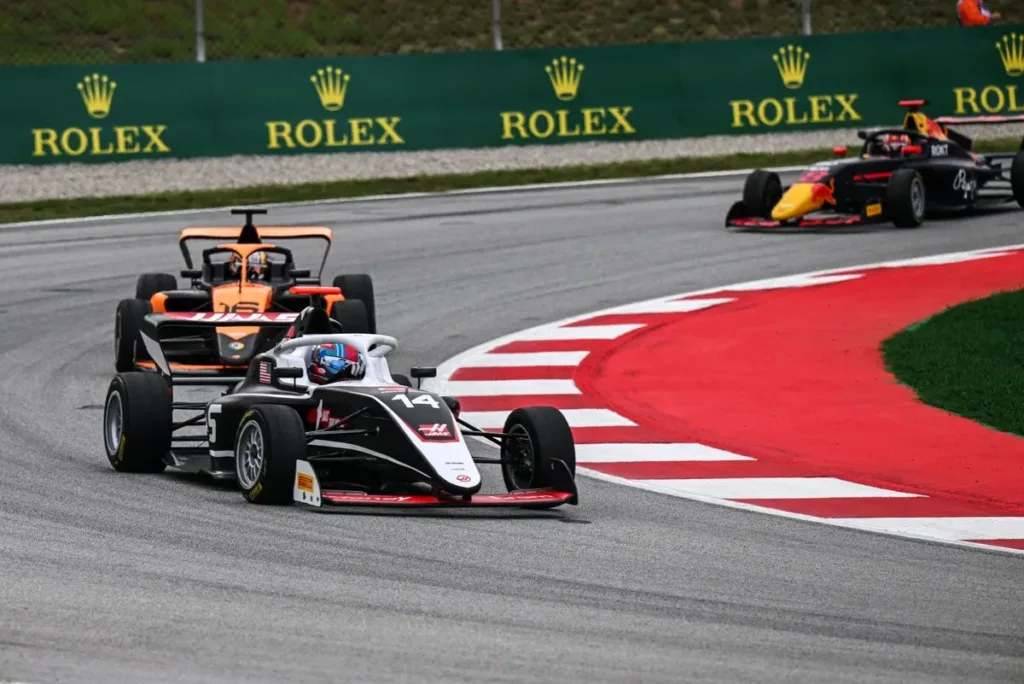IndyCar News: Superlicence Points System Under Scrutiny as Female Drivers Make Strides
The FIA’s recent update to its Appendix L of the International Sporting Code, adding flexibility to its superlicence requirements for drivers under 18, has sparked debate about the superlicence points system. While a framework is necessary to regulate who can drive what and when, the current system is imperfect, and the latest update is an admission of its limitations.
The Superlicence Points System: Flaws and Limitations
The system, introduced in 2016, aimed to prevent a repeat of the ‘Max Verstappen scenario,’ where a 17-year-old with limited car racing experience entered Formula 1. However, it failed to account for drivers like Verstappen, who had extensive karting experience. Under the current rules, Verstappen would have scored only 20 superlicence points, despite his exceptional talent.
The superlicence points system was designed to encourage drivers to participate in the full ladder of junior racing, gaining experience and proving themselves. However, it has not prevented ‘pay drivers’ from buying F1 seats, and its effectiveness is questionable.
Female Drivers Making Strides in IndyCar
Britain’s Jamie Chadwick, a three-time W Series champion, is a prime example of a driver who has won superlicence-qualifying championships but was not awarded the full allocation of superlicence points. Forced to pursue her career in the States, Chadwick is now dominating the Indy NXT Championship, becoming the first woman to convert pole to a win at Road America. It’s likely she’ll be racing in IndyCar next year.
Chadwick’s journey is not an isolated case. Danica Patrick, a talented female driver, tested with Carlin in British F3 in 2001, eventually finding her way to IndyCar with the help of Bobby Rahal. Twenty years have passed since Patrick’s success, and Chadwick’s achievements demonstrate that the delay in female representation is not due to a lack of talent or physical fitness, but rather the limited number of women who start racing.
Initiatives to Increase Female Participation in Motorsport
Initiatives like Susie Wolff’s F1 Academy and the Girls on Track program in the UK are working to increase female participation in motorsport. While the current superlicence points system makes it challenging for female drivers to enter F1, the door is now slightly ajar. In the future, the FIA could consider making special dispensations to grant superlicences to credible female drivers, allowing them to participate in F1 FP1s and inspire the next generation of female racers.
“IndyCar stands to benefit from the growing interest in female drivers, with brands like DHL, e.l.f, and Charlotte Tilbury investing in talented women like Chadwick, Katherine Legge, and Lola Lovinfosse.”
As the sport continues to evolve, it’s essential to reassess the superlicence points system and create opportunities for talented drivers, regardless of gender, to succeed in IndyCar and beyond.
🔗 Source
